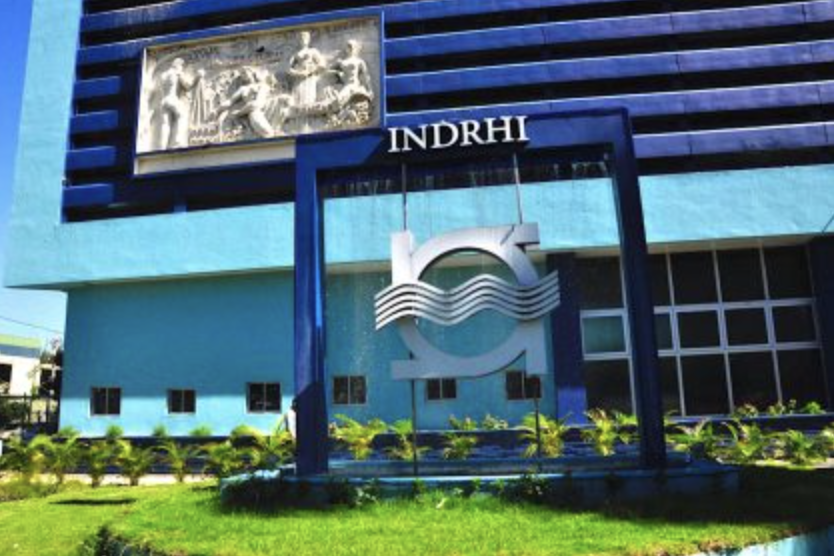
While the recent spat of rains has certainly caused its share of damages around the country, there has been at least one very positive aspect. The rains have helped fill some of the most important reservoirs in the country. This means more potable water for the population, and more water for irrigation and electricity generation.
According to the National Institute of Hydraulic Resources (Indrhi), for the past 25 days, hundreds of millions of cubic meters of water have flowed into some of the most important reservoirs, especially in the southern part of the country.
The high watershed of the Nizao River which drains parts of San Jose de Ocoa, Peravia, and San Cristobal provinces, brought good news to the Jigüey, Aguacate and Valdesia-Las Barias reservoirs. This is major good news for the people of Santo Domingo since Valdesia is the main supplier of water for the nation’s capital city. That water level is now hovering around 77% of capacity, and Jigüey is just over 80% of capacity.
Up in the Cibao Valley, where the Yuna River supplies water to Duarte, Maria Trinidad Sanchez and Samana provinces, the rains forced the Indrhi officials to order the dams at Hatillo (one of the largest reservoirs in the country), Rincon and Tavera to release water since the dams had reached their maximum capacities. The waters falling in the Central Mountain Range have also benefited the levels of the Sabana Yegua and Sabaneta dams in the western portion of the Cibao. All this is good news for farmers and cattlemen alike.
May is always considered to be a “wet” month, so more water should be arriving, and, in three weeks, the 2024 Hurricane Season officially begins.
Read more in Spanish:
Indrhi
Indrhi
Diario Libre
13 May 2024

